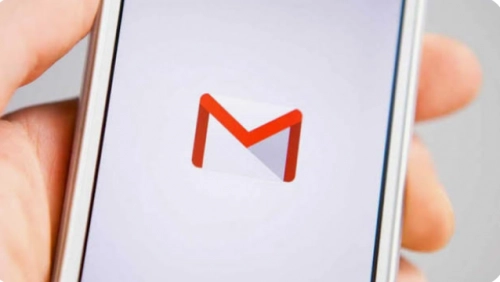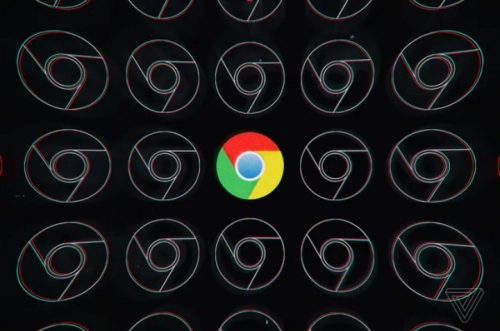News And PoliticsCommunications And EntertainmentSports And FitnessArts And EducationRelationship And MarriageIT And Computer ScienceBusiness And MoneyHealth And LifestyleLawReligion And PrinciplesStories And PoemsScience And TechnologyOthersSocial SciencesEngineeringHobbies And HandiworksPersonal Care And BeautyQuestions And AnswersInformation Technology
profile/9083IMG_20200816_194234.jpg
Chidexstar

HOW TO RECOVER GMAIL PASSWORD WITHOUT RECOVERY EMAIL, PHONE ...
~2.8 mins read
HOW TO RECOVER GMAIL PASSWORD WITHOUT RECOVERY EMAIL, PHONE NUMBER
If you are trying to recover your Gmail password without a recovery email, you’ve come to the right place. Gmail is one of Google’s earliest and most used services. Nearly every Google account holder relies on Gmail for updates or some other work. Also, the internet is teeming with tips to improve the overall Gmail experience. However, if you forget your Gmail password, recovering it can prove to be a nightmare. Recovering your forgotten Gmail password could be complicated and consume a lot of time.
Notably, Google offers some less arduous ways to recover your Gmail/Google password. There are multiple things you can do to recover your Gmail account if it gets locked. However, these steps require email or SMS verification. So, this is only useful if you have mentioned your phone number or recovery email ID on your Google account. Some Google account holders do not add either of these details. Fret not, you can still recover your account. On the downside, this will be a time-consuming process. In this guide, we will learn how to recover your Gmail password without a recovery email.
Also, you’d not need your phone number. However, these steps have some limitations. You’d need to be already logged into your Gmail or Google account on at least one device. Further, you should have access to this device.
How To Recover Gmail Password Without Recovery Email & Phone Number
First off, visit the Google Account Recovery page
Enter your Gmail ID or username
Click on Next
You will see three options on the next screen. These include “Enter your password”, and “Get verification email on recovery email”. The third option is to “try another way to sign in”.
So, you need to “Try another way to sign in” here.
You will get a notification if you’ve signed on any other device with the same account. Further, you have to click on “Yes” to verify your identity. You will be signed in after this.
Recovering your Gmail/Google account password using this method has a limitation. You should have the same email ID on other devices.
Next, you will see a screen with the option to recover your account using SMS verification. You can click on “Send” and get your account verified. However, it works only if you have a mobile number linked. So, this method will not work for you since you don’t have a recovery mobile number.
Now, simply click on “Try another way”
Google will send you a link to reset your password after 72 hours. It takes three days for Google to verify whether the account belongs to you. Also, make sure you check your spam/junk folder if you don’t receive the email after 72 hours. The mail with a link to reset your password usually takes three days to arrive. However, this works only if you have logged in with the same Gmail account on at least one device. This can be your laptop, PC, or mobile phone.
When you get the mail to reset your password, click on “Get started.” Now, follow the on-screen instructions to change your password. However, this password will expire after 7 days. So, make sure you reset the password within this period.
Add Recovery Email & Phone Number To Your Google Account
After entering the new password, you can add a recovery email. This will enable you to recover the account when you forget your password. To add a recovery email, go to the My Google account page. Now, click on Personal info and add a phone number and email. You can add these details under Contact info. Also, you can follow these steps to update or delete your contact information
profile/9083IMG_20200816_194234.jpg
Chidexstar

Google And Mozilla Are Ready For Chrome And Firefox Version 100 To Break Some Websites
~2.3 mins read
Chrome, Firefox, and Edge are about to hit version 100, in a triple release that could break some websites. The move to version 100 in the coming weeks could result in bugs or compatibility issues on some websites not ready to read triple-digit user-agent strings. Google, Mozilla, and Microsoft are busy trying preempt any big issues.
Mozilla, Google, and Microsoft have been warning about the upcoming version 100 release for months, which is about to drop in March for both Chrome and Edge, followed by Firefox in May. Mozilla and Google have both been running experiments to test websites and report breakages. There’s a running list of issues, which is fairly small right now, and Engadget notes that the notable sites affected include HBO Go, Bethesda, and Yahoo.
“When browsers first reached version 10 a little over 12 years ago, many issues were discovered with User-Agent parsing libraries as the major version number went from one digit to two,” explains a team of web developers in a Mozilla blog. Much like the infamous Y2K bug that made the year 2000 indistinguishable from 1900 for some computers, browsers have different formats for user-agent strings, and “it’s possible that some parsing libraries may have hard-coded assumptions or bugs that don’t take into account three-digit major version numbers.”
While there are concerns around some websites breaking, a lot of hard work has been going on behind the scenes — much like what happened to avoid major headaches with the Y2K bug 22 years ago — to make the transition to version 100 go smoothly. Developers can enable a special flag in current versions of Chrome, Edge, and Firefox to make the browsers report as version 100 and aid in testing sites.
There are also plans in place if there are widespread issues. Mozilla says it will either hot fix broken websites or temporarily freeze Firefox’s major version at 99 if breakages are widespread and unmanageable. Google’s backup plan is to use a flag to freeze the major version at 99, and Microsoft hasn’t detailed a backup plan as far as we can tell.
Advertisement

Link socials
Matches
Loading...
